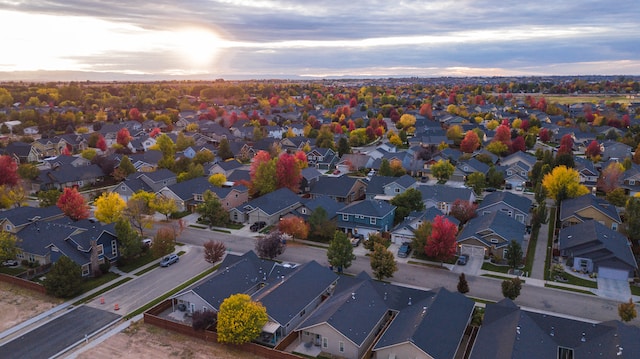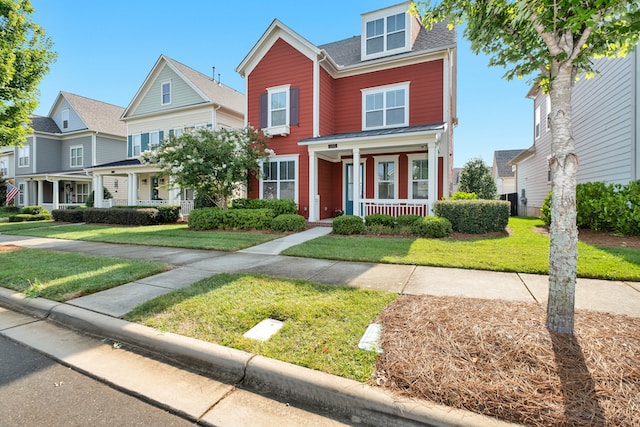The 10 U.S. Cities Everybody Wants To Move
August 12, 2023Rents in U.S. Suburbs Aren’t Falling as Fast as Cities
All credit goes to CBS News. By Khristopher J. Brooks
For decades, one of the draws to moving to the suburbs included renting a place for less than what you’d find in the city. But that may not be the case for much longer as the price gap between the two is steadily shrinking.
According to new rental property research from Apartment List, rent increases in suburban areas in the early years of the pandemic outpaced price growths in 28 of the nation’s largest metropolitan areas. In the years since, year-over-year rent declines in core cities have fallen faster than suburban ones, minimizing the price gap in average rent prices between the two areas.
In Atlanta, for example, as of July the median rent was $1,529 in the urban core and $1,677 in the Sandy Springs suburbs, according to Apartment List data. Detroit’s inner city median rent was $968, while it was $1,498 in the suburbs of Dearborn and Warren, Michigan. It was a similar story in Portland, Oregon, where median rent in the city was $1,376, compared to $1,719 in the Vancouver and Hillsboro suburbs.
Here’s what led suburban rents to surge during the pandemic and why they’re falling more slowly than rents in the city.

Pandemic-spurred population changes
Millions of Americans fled major cities during the pandemic, either to limit their exposure to COVID-19, to be with family, or to find roomier housing in anticipation of remote work. In 2020 alone, some 4.9 million people left their city dwellings to move to the suburbs or rural areas, according to the Pew Research Center.
The influx of people moving to suburban areas sent demand for rentals skyrocketing, along with prices. Rents in the suburbs increased 27% between March 2020 when the pandemic shutdowns began, compared with 20% increases in urban areas, according to Apartment List’s report. Annual rent growth in the double-digits persisted in 2021 and 2022.
Rents in the suburbs of Atlanta; Detroit; Portland, Oregon; Seattle, Washington; and St. Louis jumped between 15% and 21% during that time period, Apartment List said.
“This means that over the course of the pandemic, suburban rent growth has outpaced core city rent growth by nearly 8 percentage points, the highest it has ever been,” the apartment listing website said in its report. “Most of the gap emerged within the first 12 months of the pandemic, but has widened steadily since then.”
To be sure, rent in the suburbs is still cheaper on average nationally than in cities. In Tennessee for example, rents in suburban areas average $375 per month less those in metro areas. In the state of Iowa, the average rent is $895 a month, compared with Iowa City, its largest metro area, where the average rent is $1,120 a month, data from World Population Review shows.
However, that gap is shrinking. While suburban rents on average were 12% cheaper than city rents in 2019, they were only 5.8% cheaper in 2022, Bloomberg reported.
Soaring home prices
Another contributing factor to higher rents in suburban areas is soaring home prices. The cost of buying a home has grown out of reach for the typical American as mortgage rates have climbed an average 7.2% and median home prices are north of $400,000. The typical homeowner pays $2,051 for their mortgage payment compared to $1,837 a year ago, the National Association of Realtors reported last month.
Those increased costs mean that Americans who could be shopping for a home are instead being forced to live in a rental property for much longer, which also limits the number of apartments available for rent.
Renting a home is still substantially cheaper than buying one, but rent prices continue to climb. Rent for single-family homes rose 6% year-over-year in June in Boston; Chicago; and Orlando, Florida; 5% in Charlotte, North Carolina and St. Louis; and 4% in San Diego and Honolulu, according to data from real estate analytics firm CoreLogic.
Rent at attached properties like apartment complexes are projected to rise faster this year than single family dwellings, Molly Boesel’s CoreLogic’s principal economist, said in the report.
New construction hasn’t finished yet
Americans began their shift to the burbs at a time when the nation had a severe shortage of available rental units. By one measure, the U.S. was short 6.8 million affordable rental homes for low-income Americans, according to a March 2020 report from the National Low Income Housing Coalition. The supply shortage helped generate higher rent in suburban areas that continued to climb between 2020 and 2022.

Construction companies have begun addressing the shortage this year, housing experts said. Construction on roughly a million new apartment complexes began in 2023, an all-time high, according to Apartment List. About 520,000 of those complexes will be available for renters this year and the remaining will come on line in 2024, according to CoStar.
“An important factor driving this downward trend in year-over-year rents is the rising rental supply,” Danielle Hale, chief economist for Realtor.com, said in a rent report last month.
Hale and others say rent increases will continue to cool down once more of the units currently under construction hit the market. They point to data from Realtor.com that shows rent prices have dropped for three months straight between May, June and July when compared to a year ago.
